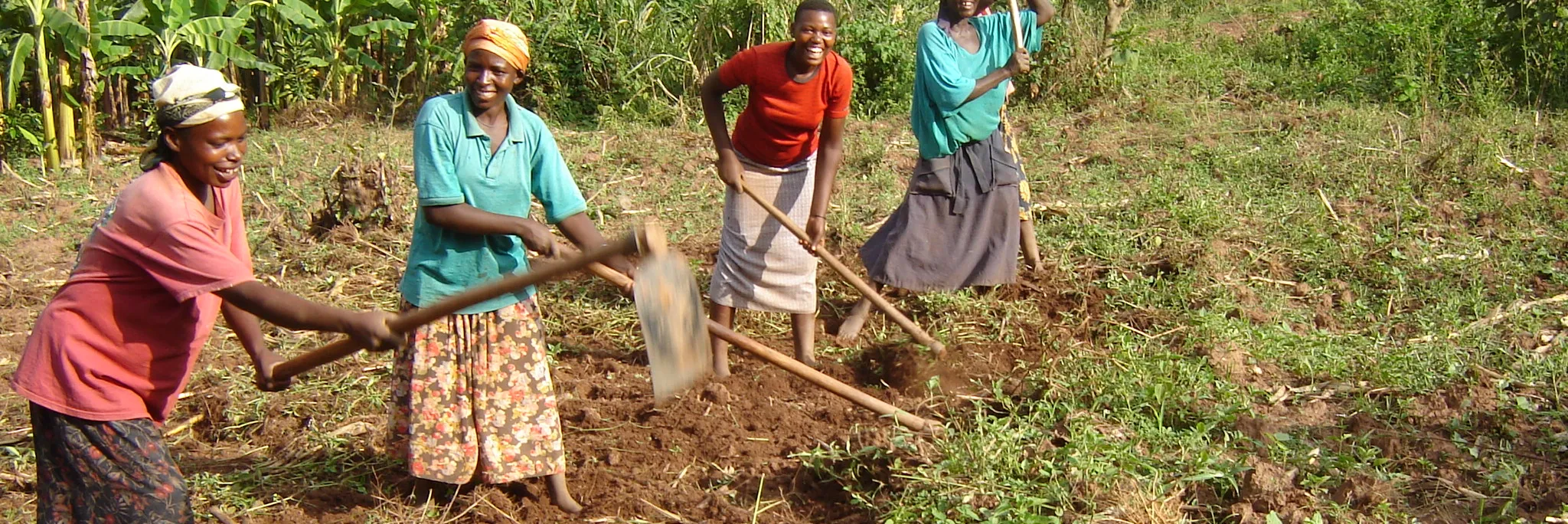
SLM and SDG 1
End poverty in all its forms everywhere.
- Home
- SLM and SDGs
- SLM and SDG 1
Sustainable Livelihoods
Definition
“Sustainable livelihoods” entail making a reliable living from the available resources and opportunities. These resources have come to be known as the “Five Capitals”: social, human, natural, physical, and financial.
Why are sustainable livelihoods a global issue?
Making a living is of concern to people the world over, not just in poor countries. However, in nations without a social safety net or welfare system, the nature of a livelihood can determine whether a family has enough to eat – or money for education or health care. Sustainable livelihoods are a vital mechanism.
SLM and sustainable livelihoods
People secure their livelihoods by making the best use of the capital available to them. In terms of SLM, social capital can take the form of self-help groups; human capital implies knowledge and technical ability; natural capital can mean land and water resources; physical capital refers to tools and inputs; and financial capital speaks for itself. DFID defines the “livelihoods approach” as being “concerned first and foremost with people…the approach is founded on a belief that people require a range of assets to achieve positive livelihood outcomes; no single category of assets on its own is sufficient to yield all the many and varied livelihood outcomes that people seek. This is particularly true for poor people whose access to any given category of assets tends to be very limited…they have to seek ways of nurturing and combining what assets they have in innovative ways to ensure survival".
Two other associated terms are “alternative livelihoods” (where projects seek to establish other ways for people to make their living) and “supplementary livelihoods” (where add-on activities such as beekeeping are popularized). SLM contributes to livelihoods directly through, for example, its focus on land and productivity – but also through its focus on cost-effectiveness. WOCAT systematically looks at the cost of SLM technologies from establishment, maintenance, and returns to the land user in the short and long term. This data helps define the contribution to rural livelihoods of improvements in SLM practices.

Read more about the Sustainable Development Goal (SDG) 1 on the official website.